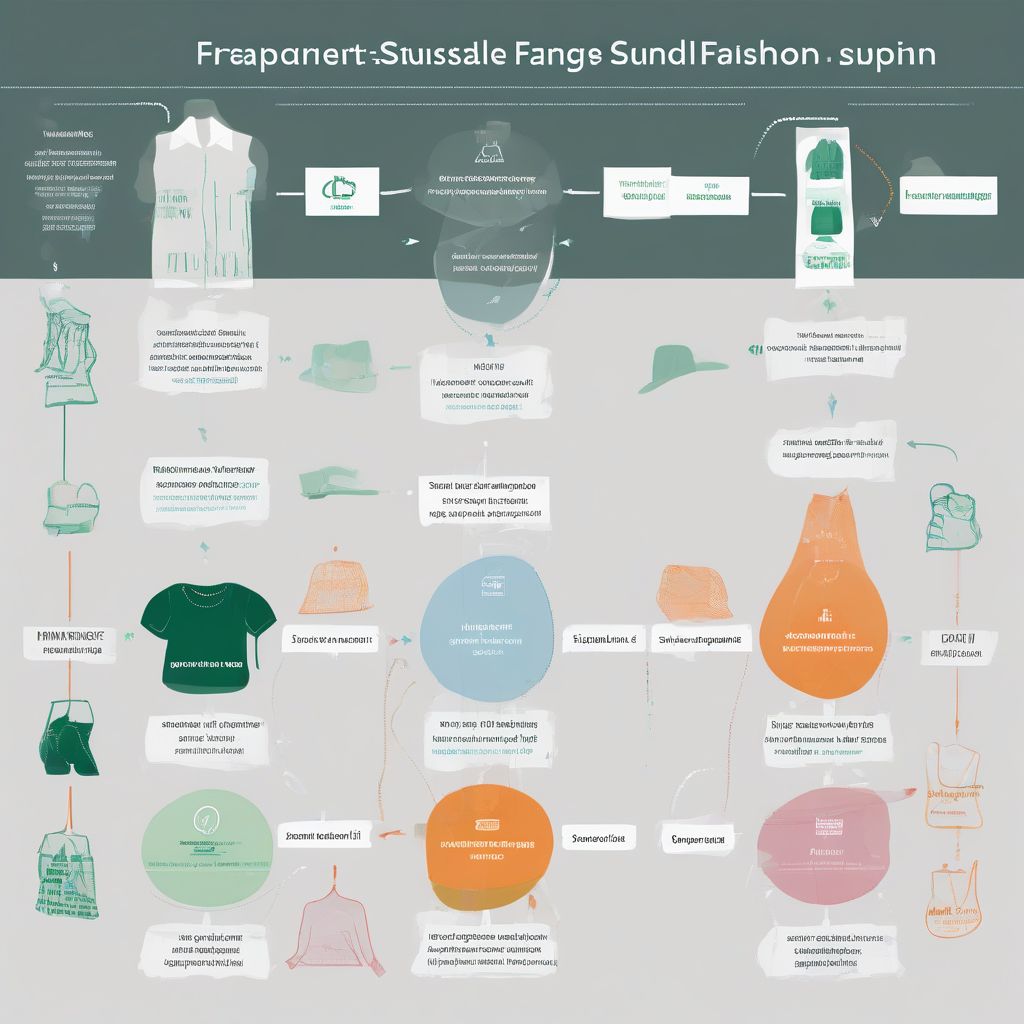Have you ever stood in a clothing store, staring at a rack of clothes, and wondered about the journey those garments took to reach you? Where were they made? Who made them? What were the environmental and social impacts of their creation?
These are questions more and more conscious consumers are asking, driving a significant shift in the fashion industry. Today, transparency is no longer a nice-to-have but a necessity for brands that want to connect with ethical and environmentally aware shoppers.
What Does Transparency in Fashion Really Mean?
In essence, transparency in fashion boils down to brands being open and honest about their entire supply chain. This includes:
- Raw Materials: Disclosing the origin of materials, such as cotton, wool, or polyester, and whether they were sourced sustainably.
- Manufacturing: Sharing information about the factories and workers who make the clothes, ensuring fair wages and safe working conditions.
- Transportation: Being upfront about the environmental impact of shipping and transportation methods.
- Business Practices: Communicating the brand’s values, commitments to sustainability, and efforts to reduce their environmental footprint.
Why is Transparency the New Fashion Statement?
The fashion industry has faced increasing scrutiny for its environmental and social impacts. Consumers are becoming more aware of issues like:
- Exploitation of Workers: Unfair wages, unsafe working conditions, and even forced labor are sadly prevalent in parts of the fashion supply chain.
- Environmental Degradation: The fashion industry is a major polluter, from water usage in cotton production to greenhouse gas emissions from transportation.
- Lack of Traceability: Opaque supply chains make it difficult to hold brands accountable for ethical and sustainable practices.
Transparency empowers consumers to make informed choices. When brands are open about their practices, it builds trust and allows shoppers to align their values with their purchases.
The Benefits of Transparency for Sustainable Fashion Brands
Embracing transparency isn’t just about ethical responsibility; it offers tangible benefits for brands:
- Enhanced Brand Reputation: Transparency builds authenticity and fosters trust with consumers, enhancing brand loyalty.
- Competitive Advantage: In a crowded market, transparency sets sustainable brands apart and appeals to the growing segment of conscious consumers.
- Increased Sales and Customer Loyalty: Studies show that consumers are willing to pay more for products from brands they perceive as ethical and transparent.
- Reduced Risks: By identifying and addressing potential issues in the supply chain, brands can mitigate risks associated with labor violations or environmental damage.
How Can Fashion Brands Embrace Transparency?
- Traceability and Data: Implement systems to track materials and production processes, enabling greater transparency throughout the supply chain.
- Third-Party Certifications: Partner with reputable organizations like Fair Trade, GOTS (Global Organic Textile Standard), or OEKO-TEX to verify and validate sustainability claims.
- Open Communication: Publish detailed information about sourcing, manufacturing, and labor practices on the brand’s website and through other channels.
- Engage with Consumers: Respond to customer inquiries and feedback openly and honestly, fostering a dialogue about the brand’s sustainability journey.
 Sustainable Fashion Supply Chain
Sustainable Fashion Supply Chain
The Future of Fashion is Transparent
As consumers become more discerning and demand greater accountability, transparency is no longer optional for sustainable fashion brands—it’s an imperative. By embracing openness and honesty, brands can build trust with consumers, drive positive change in the industry, and create a more ethical and sustainable future for fashion.
[amazon bestseller=”Sustainable Fashion”]
